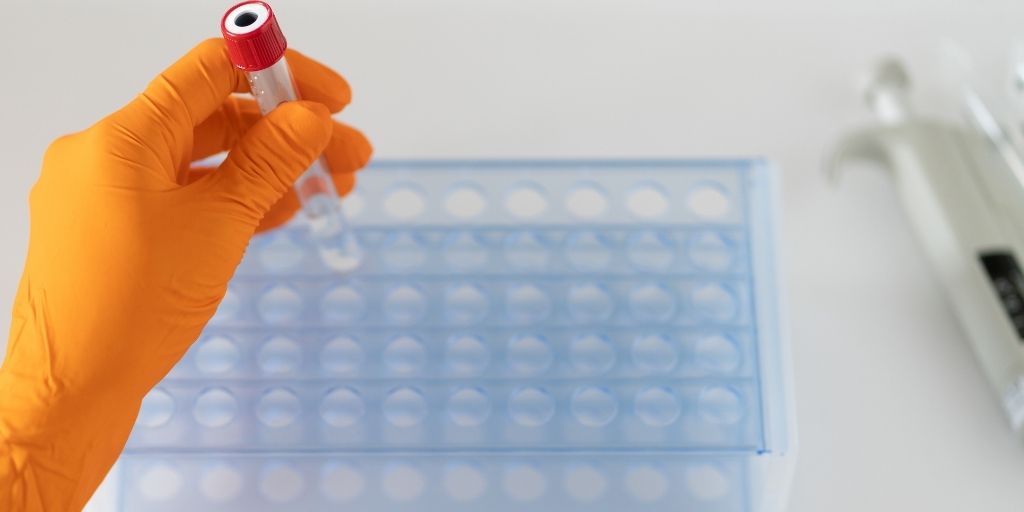
BATM (LSE: BVC; TASE: BVC), a leading provider of real-time technologies for networking solutions and medical laboratory systems, announces that it has developed a new method for the rapid and comprehensive diagnosis of tuberculosis (“TB”). The testing and validation phase, which is expected to commence in the second half of this year, will be fully funded under a programme of the Stop TB Partnership, an international alliance comprising a wide range of governmental and non-governmental organisations.
The new method combines a one-step PCR test, developed by the Group’s Adaltis subsidiary, with testing on the NATlab instrument using the new isothermal RCA process developed by the Group’s Ador Diagnostics associate company. The PCR test diagnoses if someone is infected with TB and, if they test positive, the NATlab system is used to identify the strain of TB and its resistance to antibiotics (including rifampicin, isoniazid and quinolones). This process, which tests the same sample in both phases, is expected to produce results in approximately two hours, compared with several days for the current commonly used methods that often rely on incubation to determine antibiotic resistance after a patient has been diagnosed as infected with TB.
The Group presented this new method, which is being developed with the cooperation of a leading university in Italy, to the Stop TB Partnership at the end of 2019 and, following ongoing discussions, has now received the organisation’s backing. The testing and validation of the solution will take place at the University of Heidelberg and will be fully funded under a programme of the Stop TB Partnership.
Following the testing and validation phase, which is expected to begin in the second half of this year, the Group anticipates commencing sales of the new test next year.
Dr Zvi Marom, CEO of BATM, said: “We are very excited about our new method for the diagnosis of TB and we are delighted to receive the support of the Stop TB Partnership and to work with the University of Heidelberg. We believe that our new method, which utilises the advanced technologies of Adaltis and, in particular, the NATlab of Ador, will be particularly crucial in preventing the spread of drug-resistant TB strains. We also expect our solution to be more affordable and accessible than those used today.
“The devastating health, social and economic consequences of TB have been with us for centuries and are still here today. It is vital that we develop innovative solutions and systems that will enable this disease, which is a leading cause of death but is both preventable and curable, to be eradicated. Thanks to the advances in molecular diagnostics, we are entering a new era in the fight against infectious diseases. I believe that BATM has an important role to play in this as we focus on developing new, innovative technologies while continuing to provide critical solutions to combat COVID-19.”
Further information
The Stop TB Partnership was established in 2001 to eliminate tuberculosis as a public health problem. It consists of over 1,700 partners in more than 100 countries, including international and technical organisations, government programmes, research and funding agencies, foundations, non-governmental organisations, community groups and members from the private sector. The secretariat is based in Geneva, Switzerland, and, since 2015, has been administered by UNOPS (the United Nations Office for Project Services). Prior to this, it was hosted by the World Health Organization (“WHO”).
TB is one of the top 10 causes of death worldwide and the leading (non-pandemic) cause from a single infectious agent. Drug-resistance, which can emerge through the prescription of incorrect treatment, and multi-drug resistant TB is an increasing public health issue and a health security threat. In addition, the WHO estimates that three million cases go undiagnosed each year. TB can also cause other severe illnesses, such as meningitis. However, with rapid and accurate diagnosis, TB is preventable, treatable and curable in most cases.
The Group’s one-step PCR test can be used with any standard PCR instrument and takes less than an hour and the testing with the NATlab system takes approximately 30-60 minutes. Consequently, with the Group’s solution, which is designed to be used at the point-of-care, the particular strain of TB is identified within two hours, which enables the correct treatment to be prescribed straightaway. By contrast, with current methods, many patients do not return to receive treatment due to the delay of several days between testing and diagnosis. Rapid and accurate testing also has the potential to reach those who are infected and undiagnosed.












